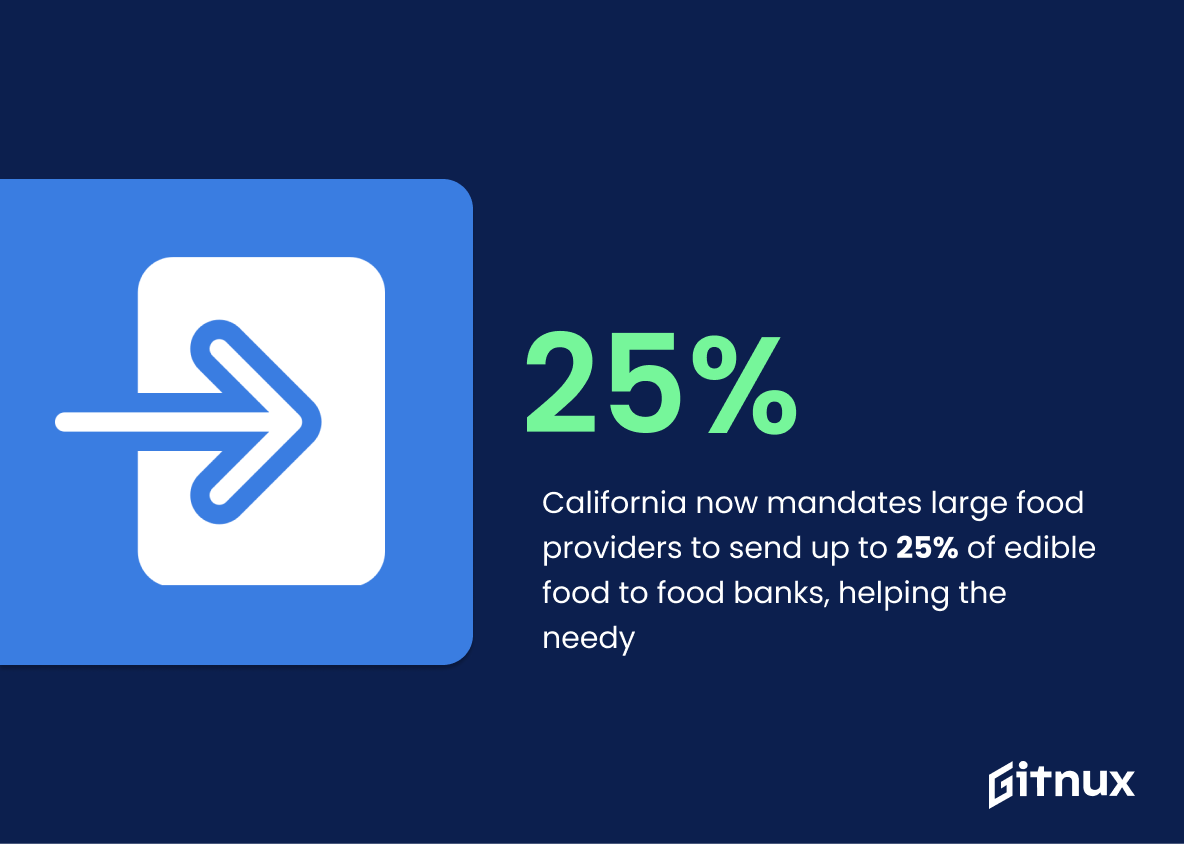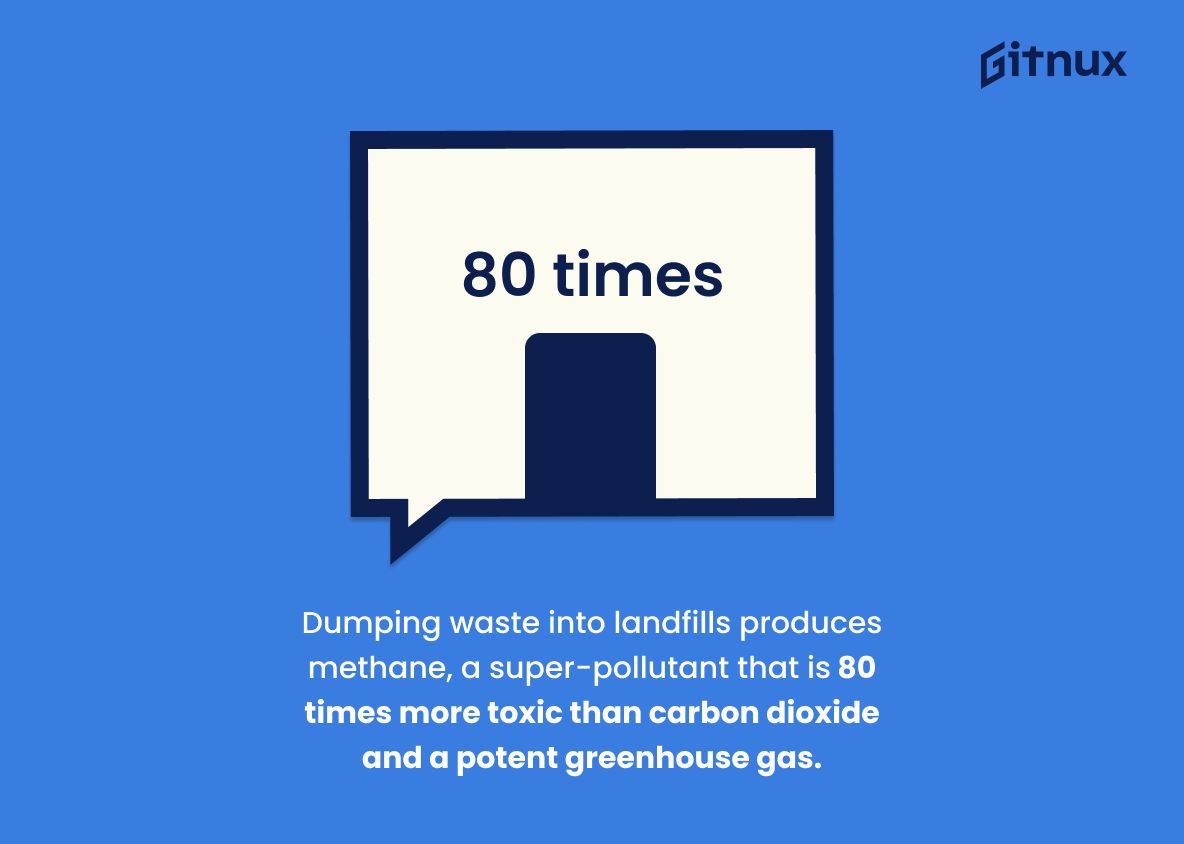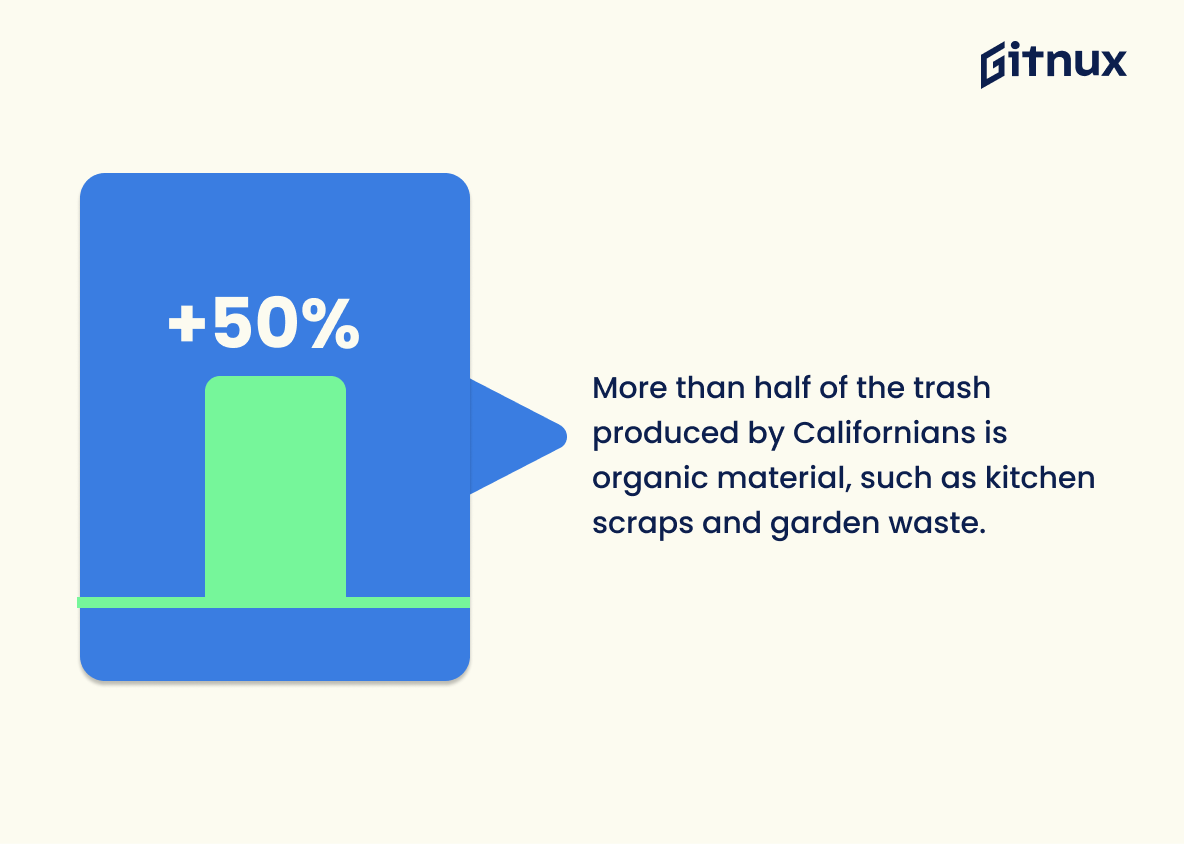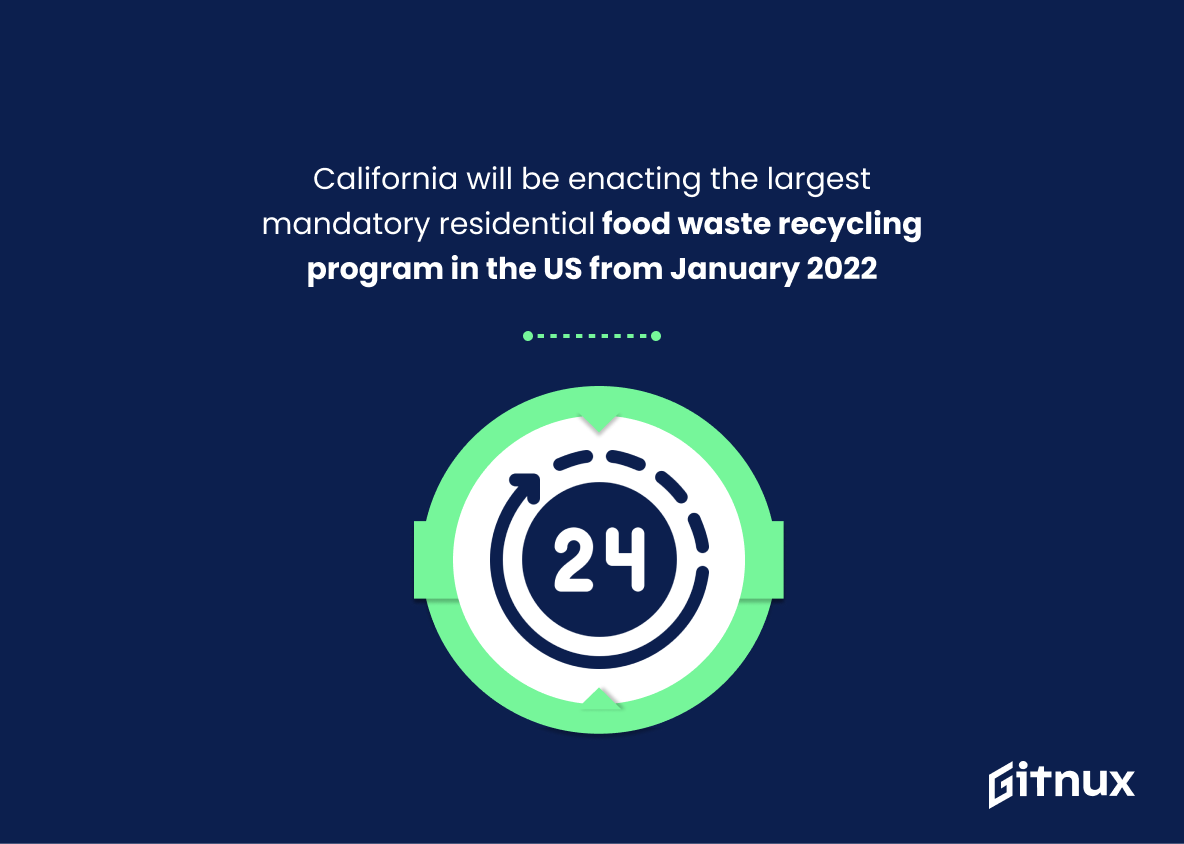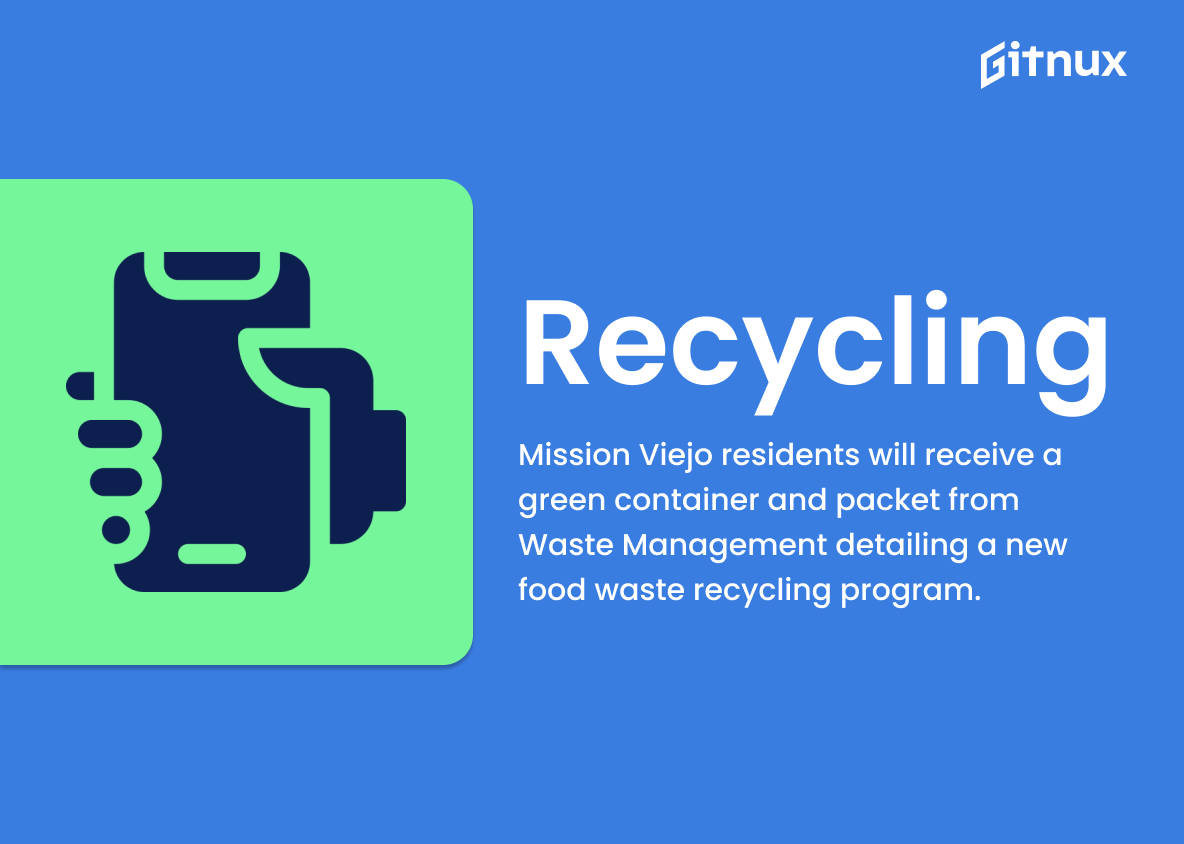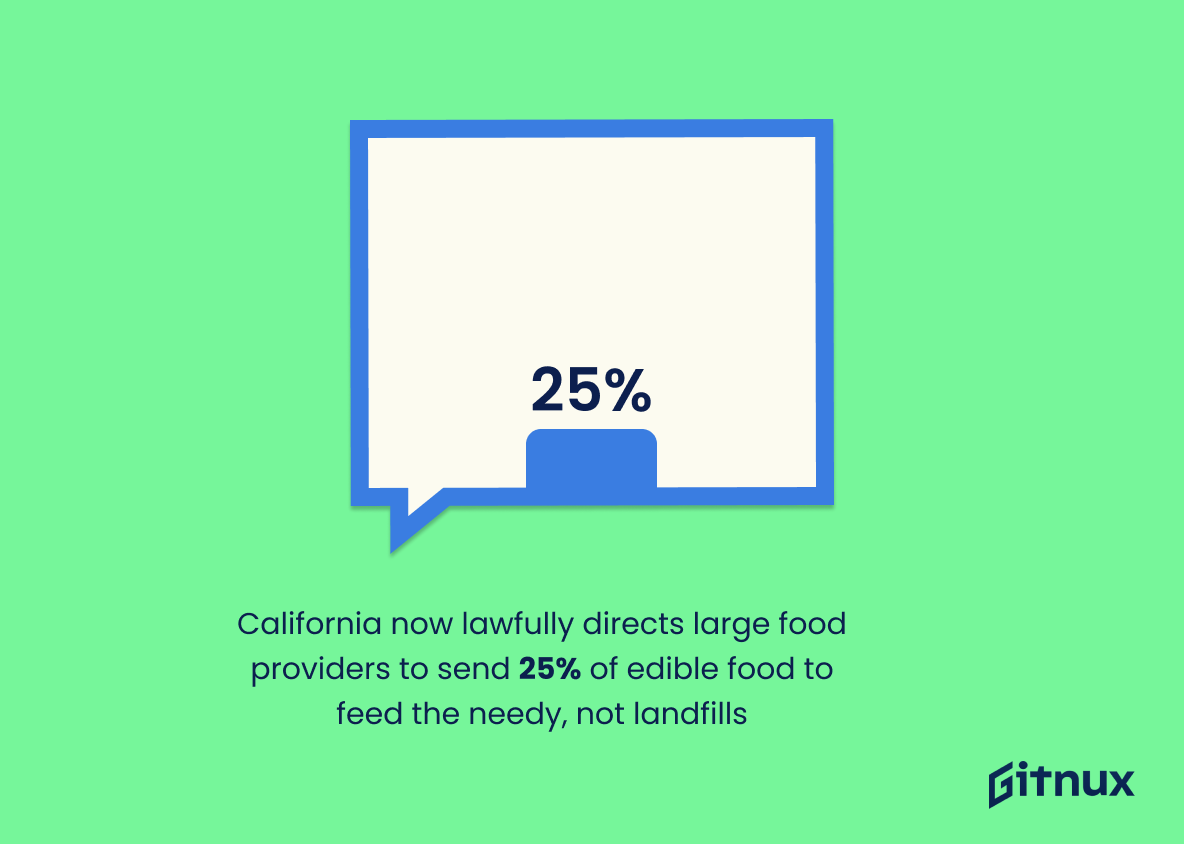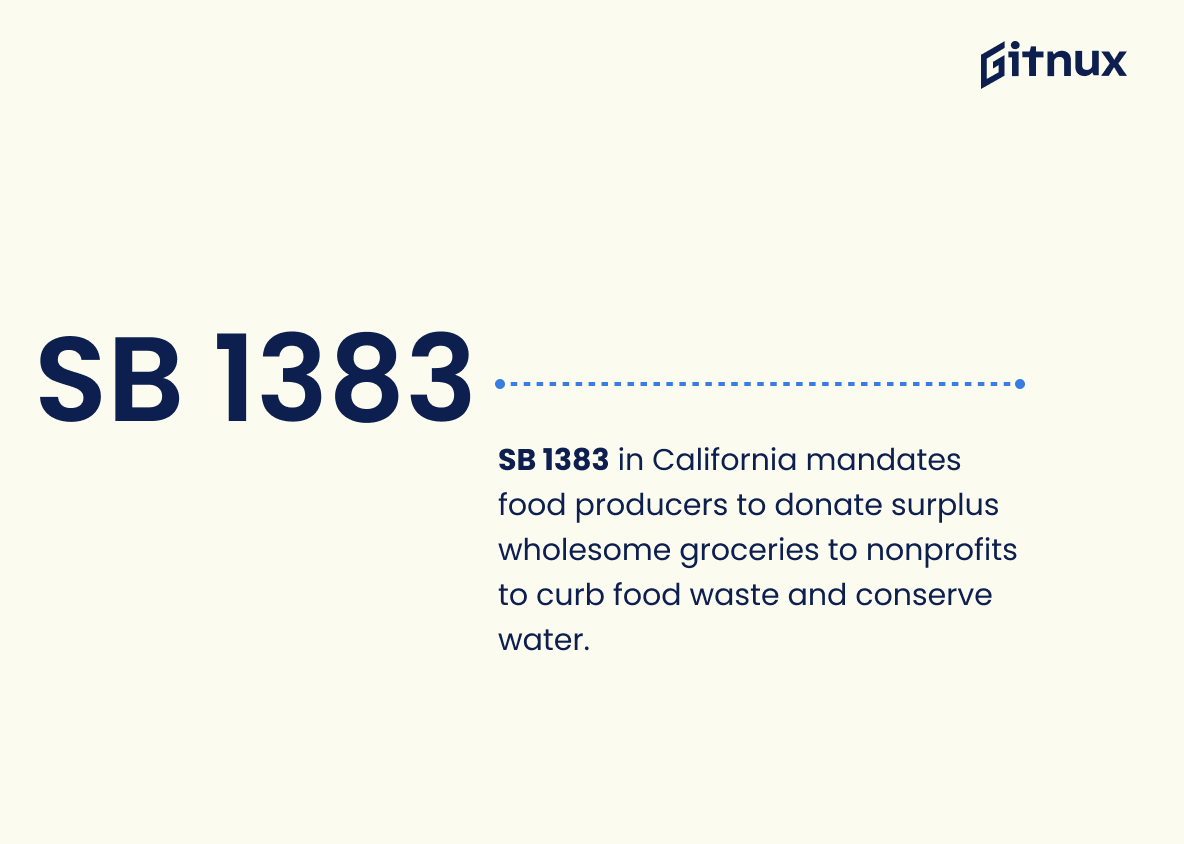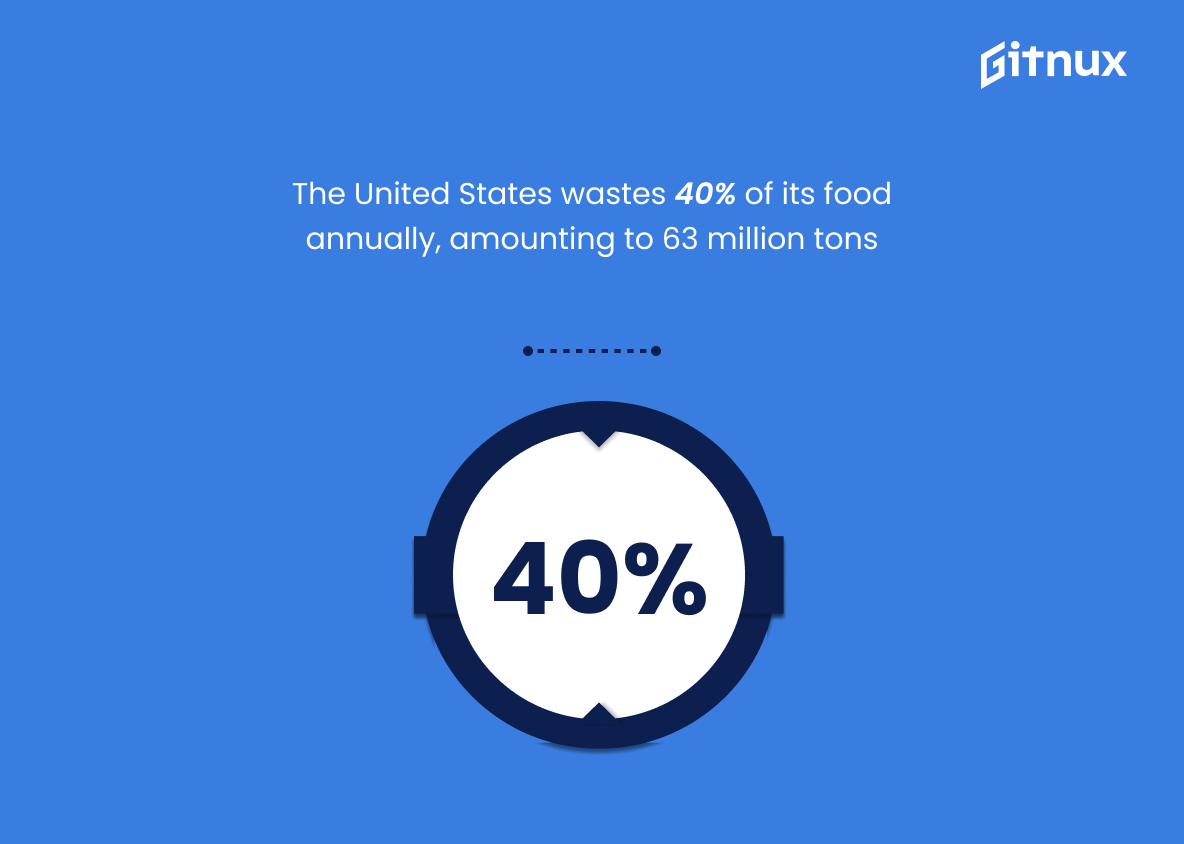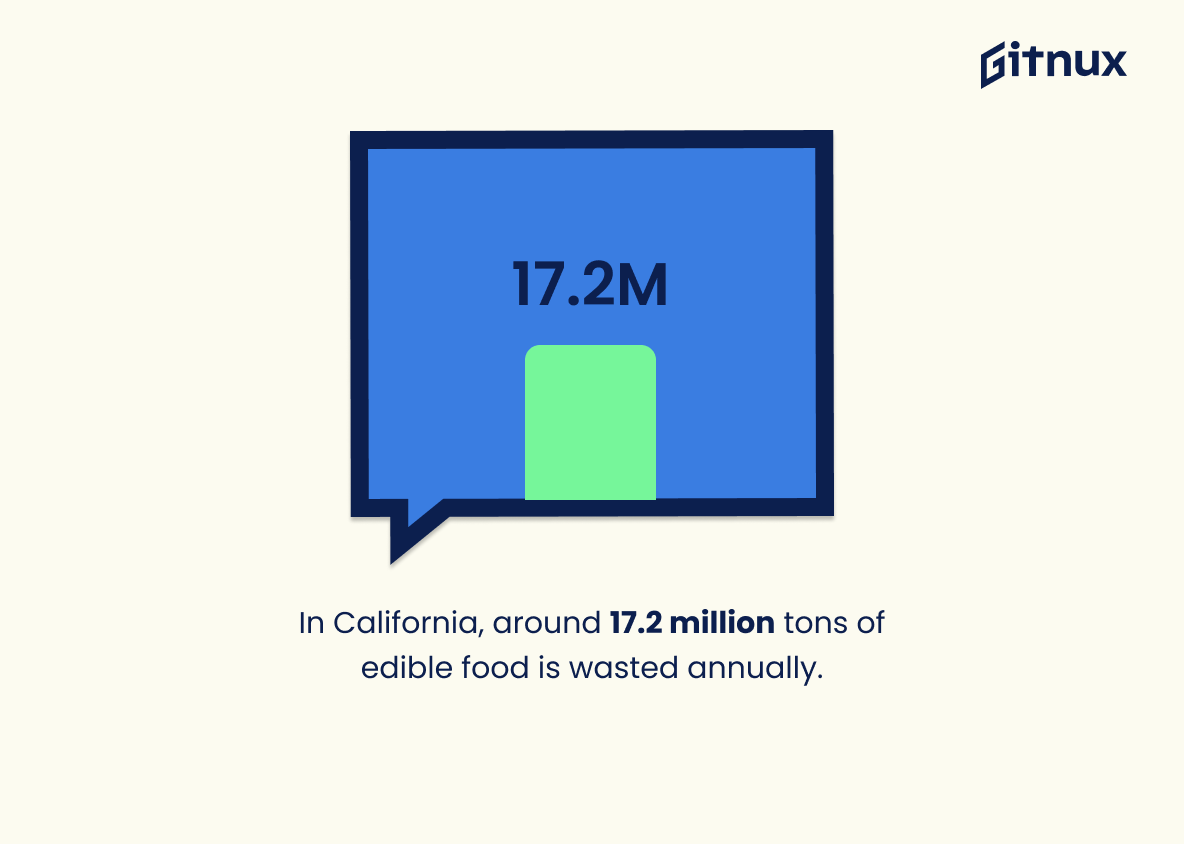California is a state known for its abundance of fresh produce, but did you know that the state also produces a lot of food waste? In this article, we’ll take a look at some of the latest food waste statistics in California, and explore what can be done to reduce the amount of food waste in the state.
We’ll also discuss how food waste affects the environment, and how individuals and businesses can help to reduce food waste. So, let’s get started.
California’s Food Waste: The Most Important Statistics
The United States wastes 40% of its food annually, amounting to 63 million tons, and the coronavirus pandemic is likely to increase this percentage.
Dumping waste into landfills produces methane, a super-pollutant that is 80 times more toxic than carbon dioxide and a potent greenhouse gas.
California’s Food Waste: Statistics Overview
In 2018, 10.8% of Californians didn’t have enough to eat, but by May 2020, that number had doubled to 23%.
This demonstrates the disproportionate impact of the COVID-19 economic crisis on food insecurity in California, and the need to reduce food waste in order to feed those in need.
More than half of the trash produced by Californians is organic material, such as kitchen scraps and garden waste.
This matters because organic material is biodegradable and can be composted, which is a more sustainable way of dealing with food waste than sending it to landfills.
Composting can help reduce the amount of waste sent to landfills, which can help reduce greenhouse gas emissions and other environmental impacts.
California will be enacting the largest mandatory residential food waste recycling program in the US from January 2022, to reduce organic waste in landfills and methane emissions.
This is important because up to 40% of food in the US is wasted, according to the US Department of Agriculture, and this program is an effort to reduce that waste and the environmental damage it causes.
Mission Viejo residents will receive a green container and packet from Waste Management detailing a new food waste recycling program.
It is part of a state-mandated program to reduce food waste and increase composting. This program will help California reduce the amount of food waste it produces and help the state reach its goal of reducing food waste by 50% by 2020.
California has implemented a law that requires supermarkets and other large food providers to divert up to 25% of edible food from landfills to food banks to feed the needy, with a statewide goal of recovering 20% of edible food by 2025.
This law is important because it helps to reduce food waste in California while also providing food to those in need.
It is also important because it helps to reduce the amount of waste that is sent to landfills, which can have a negative impact on the environment.
California’s SB 1383 requires food producers to donate excess wholesome grocery products to non-profit organizations in order to reduce food waste and preserve water resources.
This is significant in California as the state is the largest agricultural producer in the US, yet still experiences a water crisis due to the discrepancy between agricultural production and waste.
The mitigation of food waste and food insecurity can be addressed through public policies and private actions, but individuals and groups must also take up the cause to create a better system.
This highlights the need for individuals, groups, and legislators to work together to create a system that reduces food waste and increases food security.
Without a concerted effort from all stakeholders, the current food system will remain unsustainable and food insecurity will continue to be a problem.
The United States wastes 40% of its food annually, amounting to 63 million tons, and the coronavirus pandemic is likely to increase this percentage.
This is an alarming statistic, especially in the context of California, where food waste accounts for 20% of the state’s landfill waste. The increase in food waste due to the pandemic has the potential to exacerbate the already concerning issue of food waste in California.
Dumping waste into landfills produces methane, a super-pollutant that is 80 times more toxic than carbon dioxide and a potent greenhouse gas.
Methane is a pollutant that can have a large impact on global warming, which runs counter to the state’s ambitions for reducing emissions.
California has adopted legislation to ban food scraps from landfills in an effort to reduce methane emissions, a major contributor to global warming.
This legislation is important in the context of California Food Waste Statistics because it is an effort to reduce the amount of food waste that is damaging to the atmosphere as it decomposes.
Decomposing food scraps emit methane, which is a far more harmful greenhouse gas than carbon dioxide. By banning food scraps from landfills, California is taking a proactive step to reduce methane emissions, which is a major contributor to global warming.
Supplementary Statistics
In California, around 17.2 million tons of edible food is wasted annually.
This highlights the need for more effective strategies to reduce food waste and ensure that edible food is not going to waste. This statistic is a call to action for Californians to take steps to reduce food waste and ensure that edible food is being put to good use.
California’s food waste accounts for 18% of the state’s total waste stream.
It is a powerful indicator of the scale of the problem, and serves as a call to action for individuals, businesses, and government to take steps to reduce food waste.
Californians throw away almost 5.6 million tons of food each year.
Thus, there is a need for more sustainable practices when it comes to food production and consumption in the state. It also serves as a call to action for individuals, businesses, and organizations to take steps to reduce food waste and ensure that more of the food produced in California is put to good use.
California spends around $2.5 billion every year disposing of wasted food.
The staggering amount of $2.5 billion spent annually on disposing of wasted food in California is a clear indication of the magnitude of the food waste problem in the state. This eye-opening statistic serves as a reminder of the need to take action to reduce food waste and its associated costs.
The average Californian wastes around 24 pounds of food monthly.
Californians need to be more mindful of their food consumption and to take steps to reduce their food waste. It also serves as a call to action for policy makers to create initiatives that will help reduce food waste in the state.
In 2017, California recycled more than 5.2 million tons of organic material.
The fact that California recycled more than 5.2 million tons of organic material in 2017 is a testament to the state’s commitment to reducing food waste. This impressive figure demonstrates the progress that has been made in the fight against food waste, and serves as an example of how other states can work to reduce their own food waste.
In California, food waste is responsible for generating 8.3 million metric tons of greenhouse gas emissions.
California’s food waste is responsible for generating 8.3 million metric tons of greenhouse gas emissions is a stark reminder of the environmental impact of our food choices. This figure highlights the urgent need to reduce food waste in the state, in order to help mitigate the effects of climate change.
California has set a goal to recover 20% of the state’s currently disposed edible food for human consumption by 2025.
The state is taking action to reduce the amount of edible food that is being thrown away, and is setting a goal to make a significant impact in the next five years. This statistic is a reminder that California is committed to making a difference in the fight against food waste.
At least 25% of California’s methane emissions come from organic waste decomposition in landfills.
A significant portion of the state’s methane emissions are a direct result of organic waste decomposition in landfills, a process that could be drastically reduced if more food waste was diverted from landfills.
Los Angeles County alone generates around 1 million tons of food waste per year.
This figure serves as a powerful illustration of the need for urgent action to reduce food waste in the state.
California businesses throw away over 3 million tons of food annually.
This highlights the need for more effective strategies to reduce food waste and ensure that food is not going to waste. It also serves as a call to action for businesses to take steps to reduce their food waste and ensure that food is being used to its fullest potential.
In the San Francisco Bay Area, food waste makes up around 35% of the residential waste stream.
There is a need for more effective strategies to reduce food waste and ensure that resources are not wasted. It also serves as a call to action for individuals, businesses, and organizations to take steps to reduce food waste and its environmental impacts.
The average family of four in California discards approximately $1,500 worth of food yearly.
Individuals and families need to be more mindful of their food consumption and to take steps to reduce the amount of food they are throwing away. It also serves as a call to action for policy makers to create initiatives that will help reduce food waste in the state.
By reducing food waste, Californians could save up to 4.2 trillion gallons of water annually.
By cutting down on food waste, Californians could save an incredible amount of water each year – enough to make a significant difference to the state’s water supply. This is an important reminder of the importance of reducing food waste and the positive impact it can have on the environment.
Los Angeles County businesses waste approximately 329,000 tons of food each year.
This figure is indicative of the sheer amount of food that is being thrown away, and the potential for it to be put to better use.
In 2015, California passed legislation (AB 1826) requiring businesses to recycle organic waste, including food waste, to divert materials away from landfills.
By passing legislation such as AB 1826, the state is demonstrating its commitment to reducing the environmental impact of food waste and encouraging businesses to do their part in the fight against food waste. This is an important step in the right direction and one that should be highlighted in any blog post about California Food Waste Statistics.
Conclusion
In conclusion, California is leading the way in the fight against food waste. With the help of the California Department of Resources Recycling and Recovery, the state has implemented a number of initiatives to reduce food waste, such as the California Food Waste Prevention and Rescue Program.
The program has seen success in reducing food waste, with the state seeing a decrease in food waste of over 20% since its implementation. With continued efforts, California is well on its way to achieving its goal of reducing food waste by 50% by 2030.
References
1 – https://calrecycle.ca.gov/Organics/SLCP/FoodRecovery/
2 – https://www.latimes.com/california/story/2021-12-09/trash-compost-california-climate-change-law
3 – https://www.theguardian.com/us-news/2021/dec/09/california-food-waste-recycling-program-us
4 – https://cityofmissionviejo.org/news/new-waste-and-food-recycling-collection-program-california-residents-begins-january
5 – https://reason.com/2022/04/23/californias-new-food-waste-law-is-backfiring/
6 – https://meansdatabase.org/whats-new/new-food-waste-laws-taking-effect-in-2022/#:~:text=California%E2%80%99s%20SB%201383%20has%20two%20phases%20of%20action.,all%20excess%20wholesome%20grocery%20products%20to%20non-profit%20organizations.
7 – https://meansdatabase.org/whats-new/new-food-waste-laws-taking-effect-in-2022/#:~:text=California%E2%80%99s%20SB%201383%20has%20two%20phases%20of%20action.,all%20excess%20wholesome%20grocery%20products%20to%20non-profit%20organizations.
8 – https://www.nationalgeographic.com/science/article/food-waste-insecurity-rising-amid-coronavirus-panic
9 – https://www.latimes.com/california/story/2021-12-09/trash-compost-california-climate-change-law
10 – https://thehill.com/changing-america/sustainability/climate-change/585149-california-targeting-food-waste-in-battle/
11 – https://www.westerncity.com
12 – https://www.calrecycle.ca.gov
13 – https://www.treehugger.com
14 – https://www.watereducation.org
15 – https://www.stopwaste.org
16 – https://www.nrdc.org
17 – https://www.stopfoodwaste.org
18 – https://dpw.lacounty.gov
19 – https://saveourwater.com
